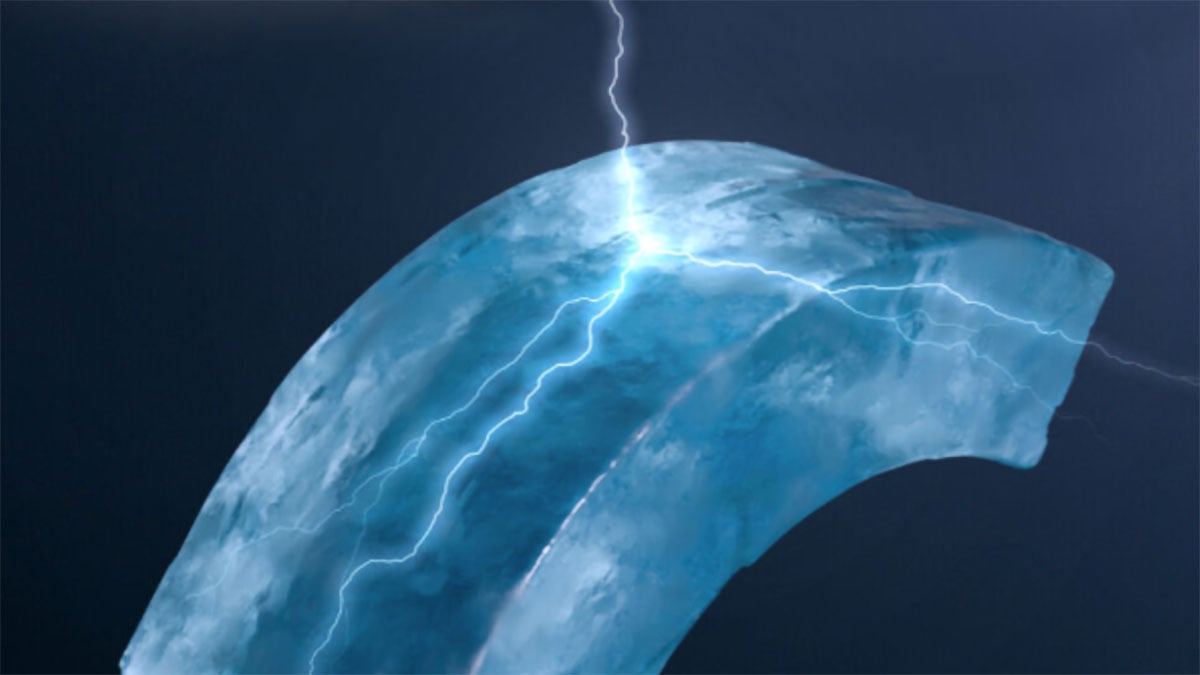Termites in Florida have always posed problems for homeowners, but a newly discovered hybrid species is causing fresh alarm. Researchers recently identified an invasive hybrid termite species thriving in South Florida, combining characteristics from two destructive termite varieties to create an unusually resilient pest.
Discovery of a Troubling Hybrid
Scientists at the University of Florida Institute of Food and Agricultural Sciences (UF/IFAS) recently confirmed the existence of this hybrid termite, blending the Asian subterranean termite (Coptotermes gestroi) and Formosan subterranean termite (Coptotermes formosanus). Individually, these species are already among the most damaging globally.
Now combined, their hybrid offspring could cause even greater harm, potentially accelerating damage and complicating pest management efforts. Dr. Thomas Chouvenc, assistant professor at UF/IFAS, explained, “These hybrid colonies grow faster and can spread rapidly, making control strategies more challenging.”


Why Hybrids Are a Bigger Threat
What makes these hybrid termites so concerning? According to UF/IFAS researchers, hybrids benefit from what’s known as “hybrid vigor,” exhibiting enhanced strength, reproduction rates, and adaptability. This adaptability means colonies may expand more quickly and establish in areas previously unsuitable for either parent species alone.
The hybrid termites pose an added challenge to pest control experts, who now face a pest that can withstand conditions previously thought inhospitable. This resilience raises concerns over the ability of traditional termite control methods to manage these new hybrids effectively.


Impact on Florida Homeowners
For Florida residents, this hybrid termite discovery translates into potentially higher property risks. Already burdened by extensive termite damage costing billions annually nationwide, homeowners now face the prospect of even faster-spreading infestations.
Effective early detection and aggressive prevention strategies become essential, especially in South Florida where both parent species have established populations. Homeowners are encouraged to routinely inspect their homes for signs of infestation, such as discarded wings, mud tubes, or wood damage, and seek professional pest management assistance promptly.


Preparing for the Future
The discovery underscores the critical importance of continued research and updated pest control techniques. Pest control professionals, homeowners, and regulatory agencies must collaborate closely to adapt strategies that address these tougher, hybrid termite colonies effectively.
Florida’s hybrid termite situation serves as a stark reminder of how invasive species can rapidly evolve and why proactive monitoring and quick response remain vital in protecting properties and ecosystems.
As Dr. Chouvenc emphasized, “Awareness and early intervention are key in preventing these termites from causing significant damage in the future.” With vigilance, research, and collaboration, Florida can hope to limit the destructive impact of this new pest threat.
Source link


